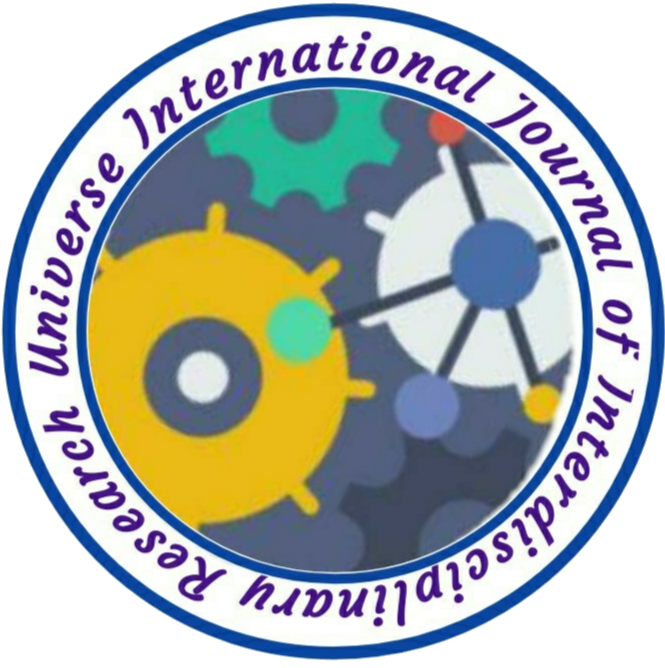ATMOSPHERIC OZONE LAYER DEPLETION AND ITS IMPACT
Author Name: Anil
Volume/Issue: 02/06
Country: India
DOI NO.: 08.2020-25662434 DOI Link: https://www.doi-ds.org/doilink/12.2021-97141558/UIJIR
Affiliation:
Junior Research Fellow, Center for the Study of Regional Development, Jawaharlal Nehru University, New Delhi, India
ABSTRACT
This study focuses on the ozone depletion substance (ODS), the impact and implication of the ozone layer depletion on human and wildlife and some suitable suggestion out of the challenges. Ozone is inextricably linked to the life- sustaining process. The biosphere of the Earth is protected by the ozone layer from harmful solar ultraviolet (UV) radiation. The loss of stratospheric ozone due to updrafts of ozone-depleting pollutants caused by both natural and human-caused processes may have catastrophic consequences, and this has become a source of significant concern in recent years. Ozone layer depletion has adversely impacted human: such as skin cancer, DNA damage, lung disease, eye disease, immunity suppression, etc. and also responsible for extreme climate event such as flooding, urban heat Island, sea water intrusion, drought, etc. Thus, increased UV radiation has negative consequences for human health, aquatic ecosystem, terrestrial plant, vegetation, tropospheric atmospheric composition, air equality, etc. Protecting the ozone layer also protect the world climate. Ozone layer recovery is highly dependent on reductions in CFCs and ODS. Some initiatives have been adopted across the global level: such as “Vienna convention” (1985) and “Montreal protocol” (1987) are the first major significant steps to protect the ozone depletion, which brought multiple experts ans stakeholders like the scientist, businessman and different government from across the world to negotiate which helped for international consensus that ozone depletion is a global challenge.
Key words: Ozone depletion, UV radiation, stratospheric ozone, global warming, Montreal protocol

No comment